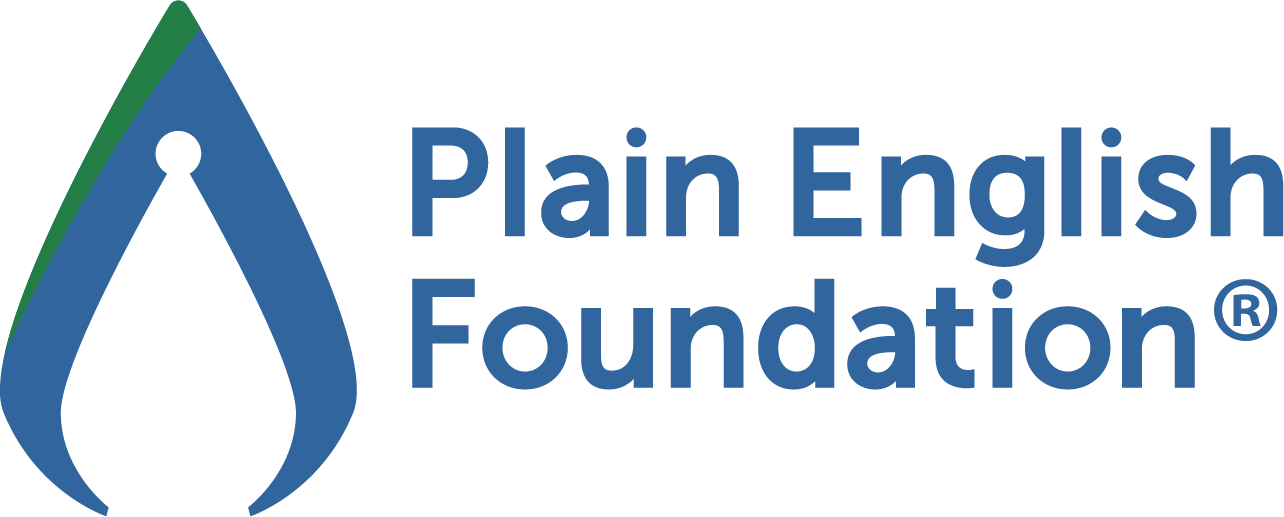The plain English approach to writing ChatGPT prompts
By Emily Halloran
Want to use ChatGPT like a pro? Talk to it like a human to get the best results from your ChatGPT prompts. And the best way to do that is to use plain language:
- Consider your reader.
- Keep words and sentences short and simple.
- Pay attention to your verbs.
- Finesse your prompts as you develop them.

Understanding ChatGPT prompts
Generative artificial intelligence (AI), such as ChatGPT, works by guessing what comes next in a sequence. Humans do this too, based on seeing sequences. For example, we can guess that the next number in this sequence, 3, 6, 9 , 12, is 15. Developers train ChatGPT by showing it sequences of vast numbers of words.
To use ChatGPT, we prompt it. ChatGPT uses these instructions or questions to search its database for relevant sequences. It then guesses how to complete the sequence and answers our questions or follows our instructions. But to get the best out of ChatGPT, you have to speak its language, plain language that is.
Considering your reader
Before you start writing anything, think about who you’re writing for, what you’re writing and what outcome you want your writing to achieve. Sharing this information with ChatGPT will help it:
- pitch its writing at the right level
- focus on the right content
- use the right genre.
To help ChatGPT respond appropriately to your prompt, you can tell it to assume a profession or identity and give ChatGPT an example of the tone of voice you’re looking for.
For example: Pretend to be someone who works for a local council. Write a letter to a constituent who isn’t a native English speaker. Explain in the letter that the constituent cannot keep a dog in their apartment because it is against local rental laws. Include a template for contact details in the letter. Write the letter in plain English. Write 4 short paragraphs. Use a tone similar to this example: ‘We can’t send you the information you’ve asked for because it’s protected by the Freedom of Information Act.’
Keeping things short and simple
Just like our human readers, ChatGPT can get confused when we use jargon or unnecessarily long words and sentences. Simplifying your ChatGPT prompts will help the AI understand what you’re asking of it.
Start by selecting the shortest and simplest word that conveys your meaning. For example, there’s no need to write ‘additional’ or ‘approximately’ when ‘extra’ and ‘about’ will do the same job.
Next, we recommend keeping your prompt sentences to about 20 words on average.
And if you must use jargon, define it. While ChatGPT training included non-fiction texts with plenty of jargon, it’s best to include a definition because it removes any ambiguity for the program.
Turn writing at work into writing that works with our ISO-aligned plain language system.
Paying attention to your verbs
To further simplify things, start each of your prompts with a verb. For example, ‘write an email’ or ‘list 5 reasons offices go paperless’.
You should also use the active voice where possible. It will help you remove any ambiguity from your prompt, which in turn helps ChatGPT generate quality suggestions. For example, see how using the passive voice introduces ambiguity: ‘Pretend to be someone who works at a printing company. Write a 4-paragraph email explaining that mistakes were made and hundreds of print jobs were printed without the right cover. State that extra training needs to happen.’
While the active voice is precise and clear: ‘Pretend to be someone who works at a printing company, Paperbark Printing. Write a short, 4-paragraph email explaining that the printing team printed the wrong covers. State that the printing team need extra training to help them follow the printing process.’
Also, use the shortest version of the verb to save time and increase precision. For example, replace ‘make this shorter’ with ‘condense’, ‘create a description’ with ‘describe’, and ‘write a list’ with ‘list’.
Finessing your ChatGPT prompts
If ChatGPT isn’t giving you the responses you were hoping for, try rephrasing your prompt. Trying different prompts allows you to find the perfect one. You might also find that writing your prompts in a bulleted list helps ChatGPT understand your prompt more easily.
Before using what ChatGPT has written for you, you should fact check the writing as ChatGPT’s training only covered texts from up to 2021. And because ChatGPT is only guessing what the next item in the sequence is, it might have guessed incorrectly. Similarly, to avoid bias, ask ChatGPT for multiple perspectives.
Finally, avoid giving ChatGPT any confidential or private information. Under the default privacy settings, OpenAI may use the prompts we enter to train other AI models. You can change your privacy settings, but this isn’t a foolproof approach as the information stays in ChatGPT for 30 days before it’s deleted. And there’s always the risk of a security breach.
Hiring a professional
ChatGPT is a tool writers can use to save time or when they’re staring down a blank page. But this tool has its flaws and hiring a professional editor ensures that your work is polished and error free.
We provide premium plain English consulting and editing services that can radically improve your documents and transform your writing culture. Whether you are a multinational businesses, state or federal government department, or a not-for-profit organisation, we can help you achieve your business goals with effective, clear and concise communications.
For more information about our editing services, contact our consulting and editing team now.
As Australia’s leading plain English company, we also deliver hundreds of plain language training courses every year. Our participants come away with vastly improved writing skills and a newfound enthusiasm for communicating with clarity and precision.
Our workshops are available online and in person wherever you are around Australia. Or take advantage of our state-of-the-art training facilities in Sydney, Adelaide, Brisbane, Canberra, Melbourne and Perth.
To find the workshop that’s right for you, contact our sales team today.
Train with us
To boost your plain language skills, sign up for one of our plain language writing workshops.
You’ll learn clear communication techniques that you can use in every document, every day!






